Python development trends in 2024 are reshaping industries, with a strong emphasis on machine learning, AI, and emerging technologies like quantum computing. A very flexible language which is widely used is still a major player in the field of software development. While heading into 2024, programmers, business people and technology enthusiasts need to stay updated on the emerging trends that will craft the future of Python development. This blog post is going to be about the seven major Python development trends that are likely to affect the industry.
Python Development Trends you need to know.
Python in Quantum Computing
Quantum computing is a revolutionary technology and can transcend our world. It capitalizes on the laws of quantum mechanics to provide the scientific community and data professionals with a tool to solve problems that traditional computers cannot resolve. It is still in its early days, experiencing a fast pace of development and growth worldwide.
Python is the best option for the development of the quantum computing field because it is very useful. Python development companies can employ libraries like Qiskit, which provide Pythonic interfaces to quantum processors, to this end will be able to take advantage of the vast potential of this exciting technology.
Cross-platform Development
It is a key element in a multi-platform world with different operating systems and devices. Python is very good at this kind of task, which makes it the favorite of many developers who intend to build applications that work smoothly on platforms such as iOS and Android. Tools like PyInstaller and PyOxidizer are used to help developers to create software that will work on multiple platforms.
Cross-Platform Development (PyInstaller vs. PyOxidizer)
| Feature | PyInstaller | PyOxidizer |
| Usability | Easy to use | Advanced setup |
| Platform Support | Windows, macOS, Linux | Windows, macOS, Linux |
| Speed | Moderate | Fast |
| Best For | Desktop applications | Cross-platform apps |
Machine Learning and AI
AI and ML are not only transforming but also redefining the limits of the scope of these fields, which were previously considered too difficult to reach. These technologies are revolutionizing not only business operations but also the functioning of society as a whole. For instance, e-commerce companies utilize AI and ML to deeply comprehend their customers, and then they can show exactly what a customer wants at the right time, hence boosting sales and profit. It is not only e-commerce that takes advantage of AI and ML, but also all other businesses use these technologies to some extent.
Python considerably decreases the time required for AI and ML projects using the development lifecycle. This is mainly because of the large quantity of Python libraries like TensorFlow and PyTorch that are helping developers to build complex, high-performance AI/ML models and applications. With robust community support and continuously updated libraries, Python’s dominance in AI/ML development is set to grow in 2025 and beyond.
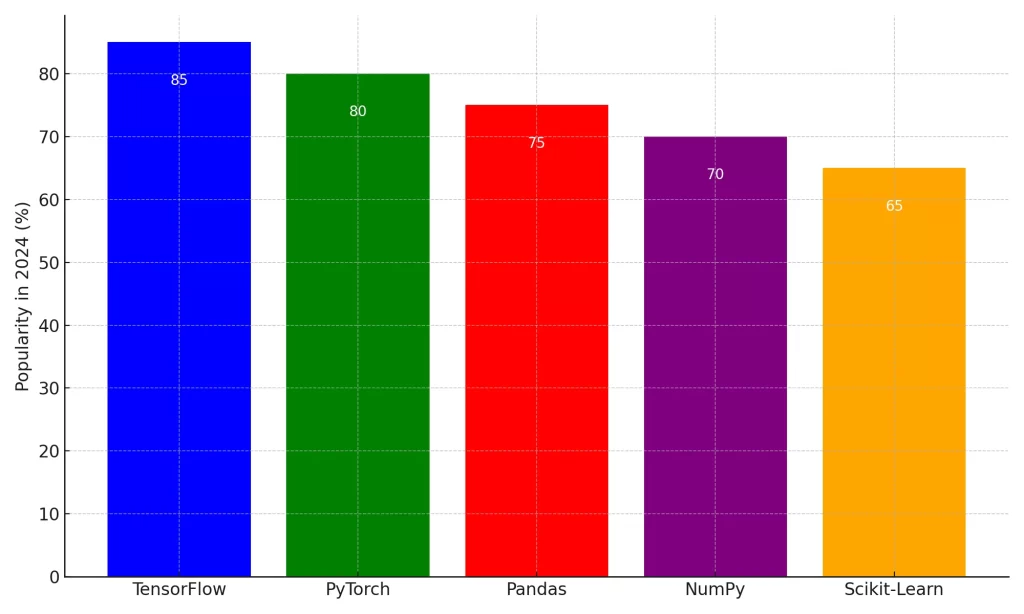
IoT and Python
The Python language is contributing a big part in the development of IoT and embedded systems with its emerging trend. The MicroPython and CircuitPython projects allow developers to run Python on microcontrollers. Hence, they can create new things and features by using this technology. A language with an easy-to-understand syntax structure is perfect for developing IoT applications. These improvements will be related to Python’s improved integration into edge computing. Learn more About Python for Data Science Visit
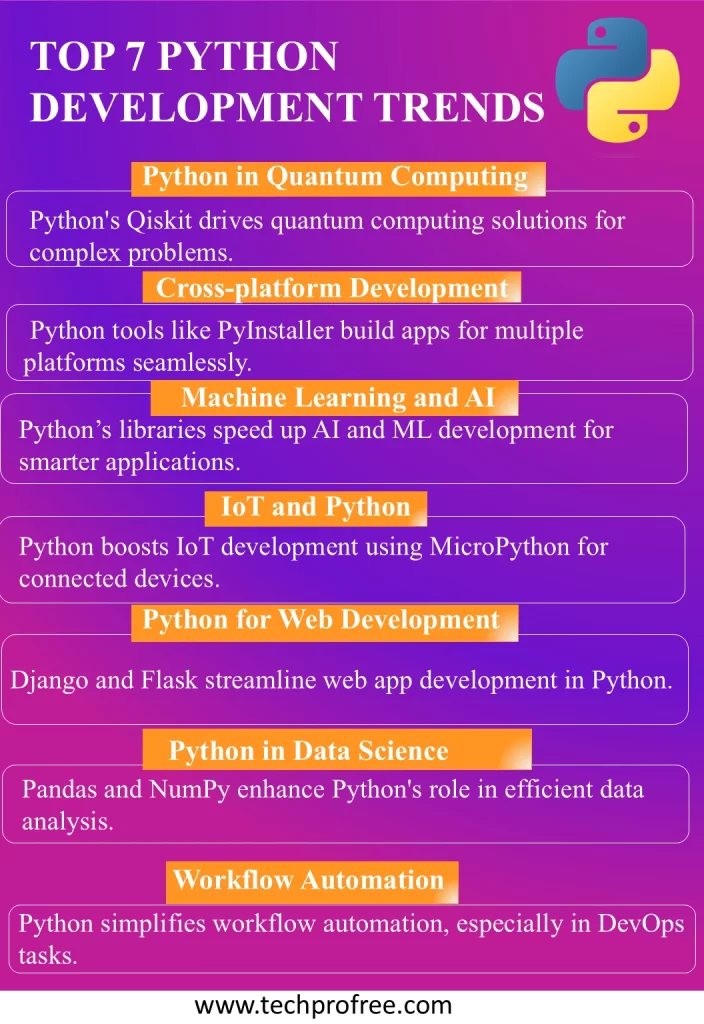
Python for Web Development
In combination with Django and Flask frameworks Python is capable of helping developers to move from idea to full-fledged application deployment. The initiation of these frameworks and the growing emphasis on event-driven, asynchronous programming as well as microservices-based architecture will ensure that the development process is made easier. These trends show only the bright side of Python in web development, which makes this process faster and more beneficial.
Python Web Development Frameworks
Python Web Development Frameworks (Django vs. Flask vs. FastAPI)
| Feature | Django | Flask | FastAPI |
| Usability | Full-featured | Lightweight | Asynchronous |
| Scalability | High | Moderate | High |
| Performance | Moderate | High | Very High |
| Best For | Large applications | Small apps | APIs |
Python in Data Science and Analytics
In this digital age, data science and analytics play a critical role in data mining for useful information that is used as a guide to decision-making within the organization. Python is highly ranked in this field, as its libraries like Pandas and NumPy allow the automation and speedup of data science projects. With the rise of the data science and analytics field, the demand for Python will increase in upcoming years. Learn more About Python for Data Science Visit
Python Libraries for Data Science
Python for Data Science (Pandas vs. NumPy vs. Matplotlib)
| Feature | Pandas | NumPy | Matplotlib |
| Usability | Data manipulation | Numerical operations | Data visualization |
| Speed | Moderate | High | Moderate |
| Primary Use | DataFrames and Series | Matrix operations | Plotting |
Workflow Automation
Automation allows developers to devote time to important tasks by having the machines do repetitive tasks. Python is a basic instrument in the automation of business workflow processes. From Python API interaction to data organization its versatility is at its best. In the DevOps practices, this language is mostly prevalent for automating workflows such as deployment and configuration management as it is simple and readable.
Python is a wonderful option for QA automation. Frameworks such as Behave, Robot Framework and Pytest make it more manageable to automate the processes of software testing which again solidifies Python’s presence in automation due to its user-friendly nature.
Python Workflow Automation Tools
Python Workflow Automation Tools Comparison between Airflow vs. Luigi vs. Prefect)
| Feature | Airflow | Luigi | Prefect |
| Orchestration | Task-based | Pipeline-based | Hybrid |
| Ease of Use | Moderate | Moderate | Easy |
| Scalability | High | High | High |
Roadmap To Become Python Expert
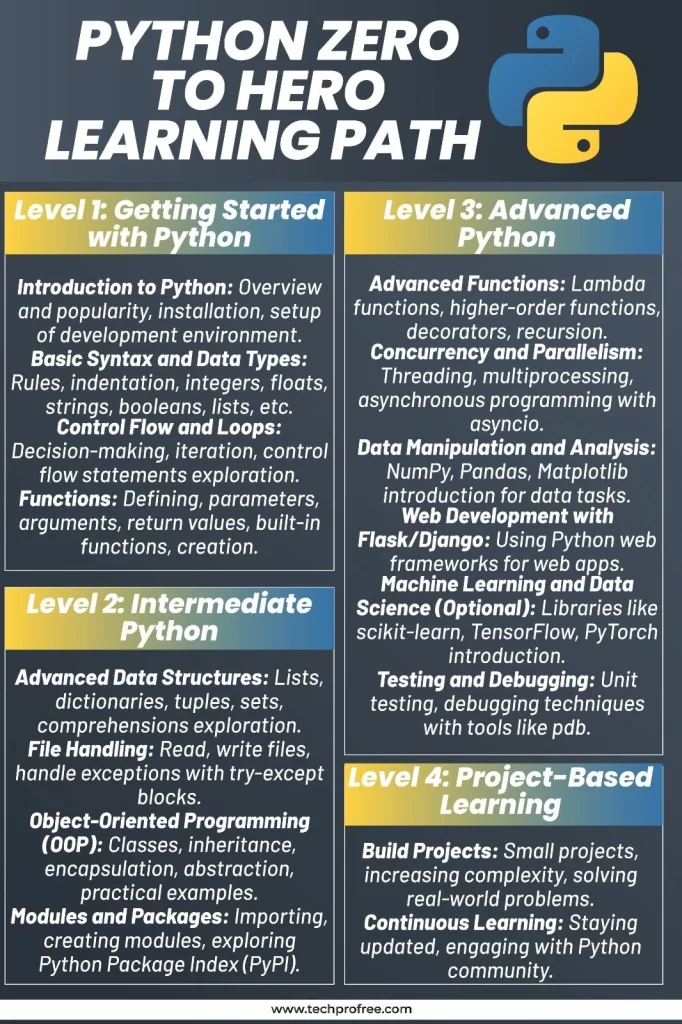
Conclusion
Python programming language has been noted to be the most popular programming language in recent years. This piece of blog explained 7 major trends that would influence Python development in 2024, starting from its new adventures in quantum computing up to its leadership in AI/ML and data science. However, possibilities in the future are unlimited; they include more incorporation of AI and quantum computing, continuous developer experience improvement, and better cross-platform compatibility. With the surge of security worries, Python will possibly be the one that will take the lead in terms of data privacy measures. Developers and businesses will find different ways to utilize Python’s potential for the development of innovative apps in the future.

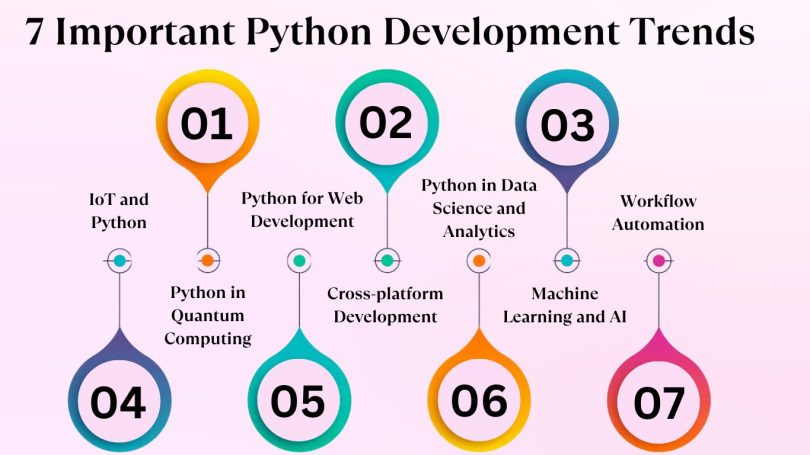
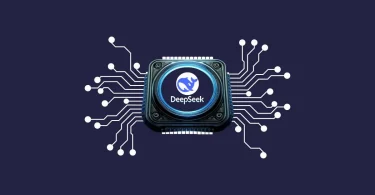
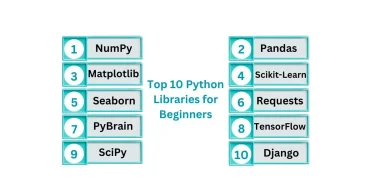
Leave a Comment